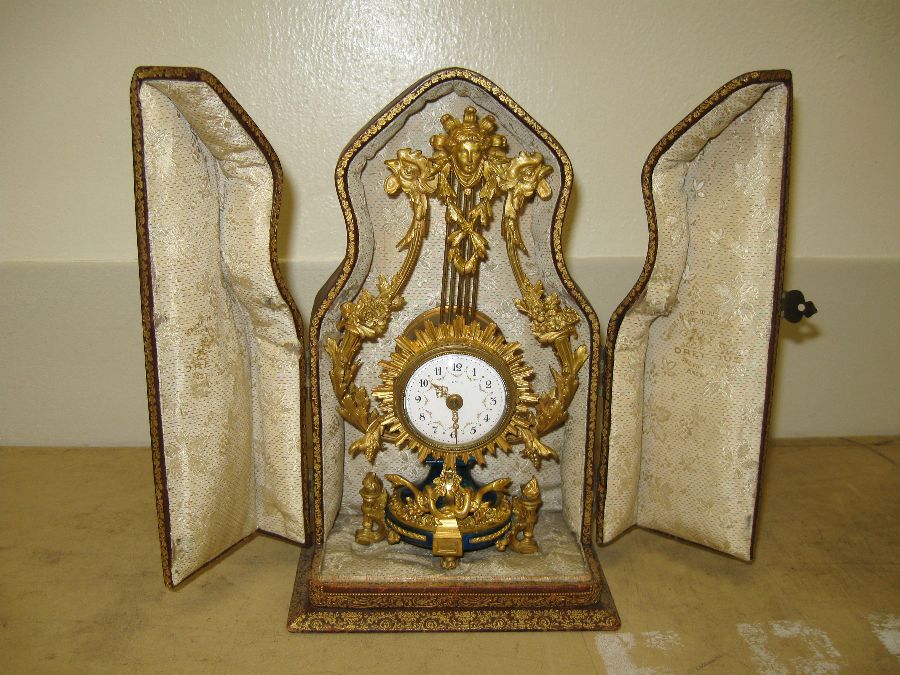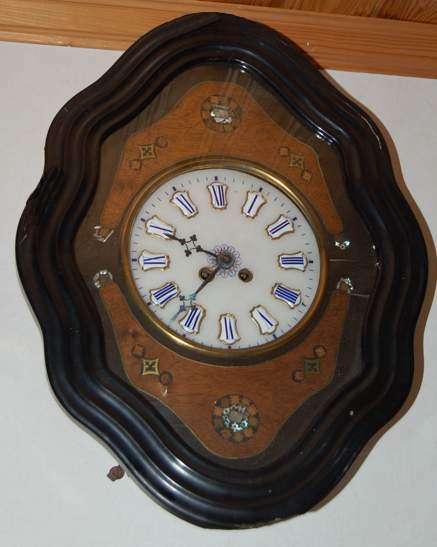French Clock
French came into its own in the 17th century, when highly ornamented clocks
covered in gilt bronze, known as ormolu, were produced to keep pace
with the new standards for opulence set byKing Louis the Fourteenth’s
Palace of Versailles.There were two general styles of antique French clocks during this period. One was known as , which refers to a clock cased in tortoiseshell and inlaid with
brass, pewter, porcelain, and ivory. The second type was called in which brass and pewter overlays were set in ebony veneers
on oak.During the Regency period (from roughly 1715 to 1723), bracket clocks,
which had been popular a century before, came back into prominence. A
bracket clock could be hung on a wall or placed on a table, making it a
flexible timepiece compared to, say,clocks
that were also being produced at . Rococo, for
pendulum, clocks featured curvaceous profiles and seemingly By the time Louis the Sixteenth assumed the throne (he reigned from 1774
to 1791 and was executed in 1793), were producing highly
as, skeleton clocks whose exposed works were protected from dust by glass domes, and festooned with everything from bronze Greek and Roman statuary to cherubs.








No comments:
Post a Comment